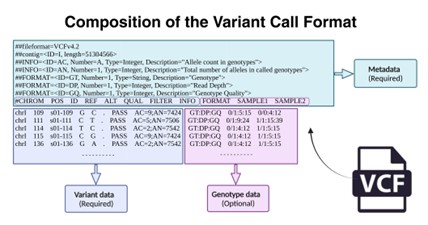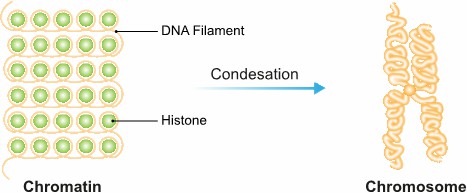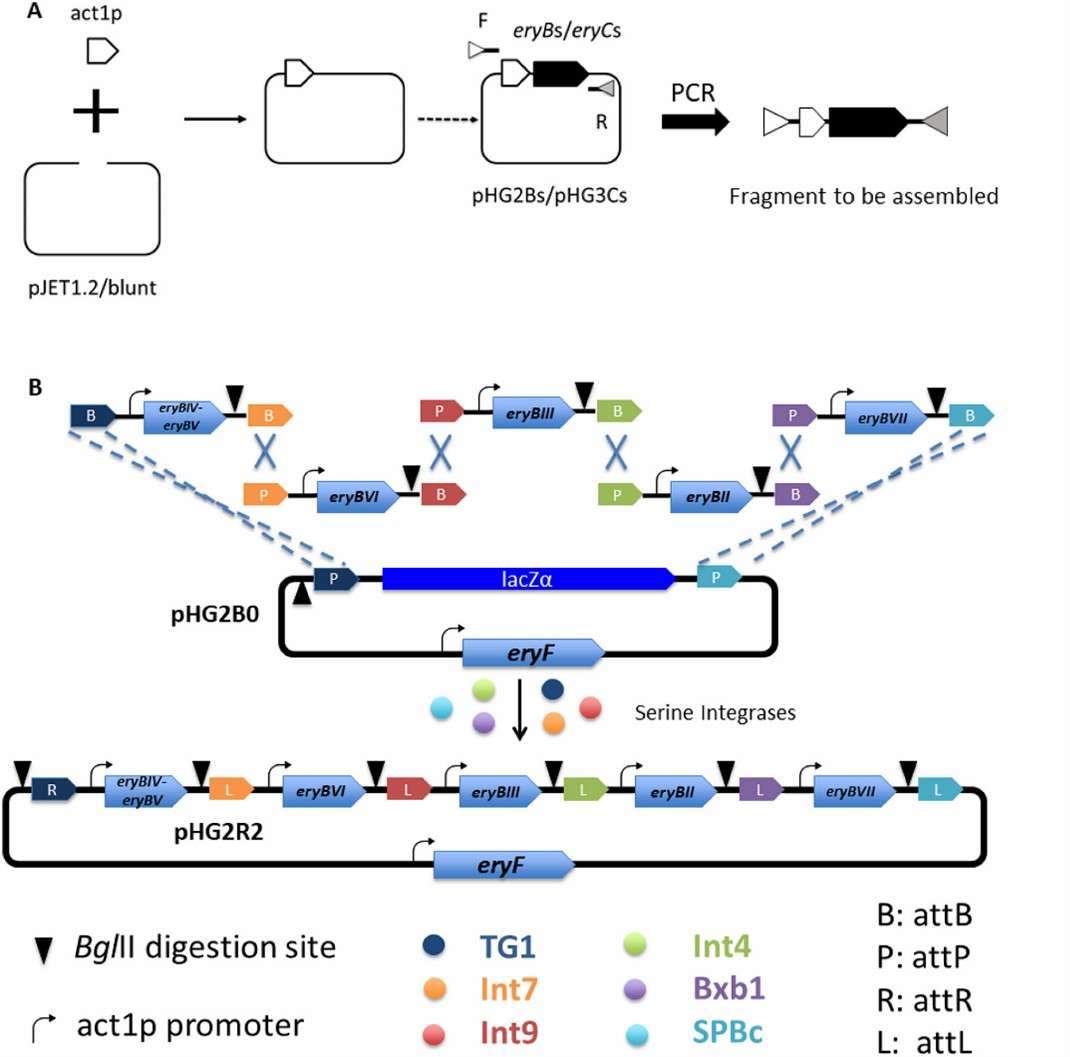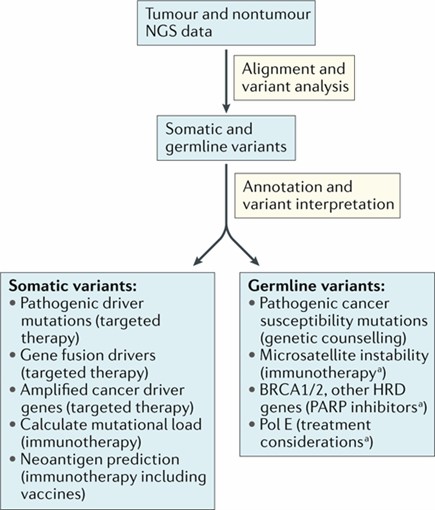
Whole-Genome Amplification in the Genomics Era: Methods, Innovations, and Biomedical Impact
Genomics has changed how we understand biology. But often, the biggest challenge in cutting-edge research is simply not having enough high-quality DNA. Whether it’s from a single cell, tiny bits of DNA in blood (like from tumors), ancient specimens, or even crime scene evidence, getting enough genetic material without mistakes or missing pieces is critical. […]


 Sample Submission Guidelines
Sample Submission Guidelines







